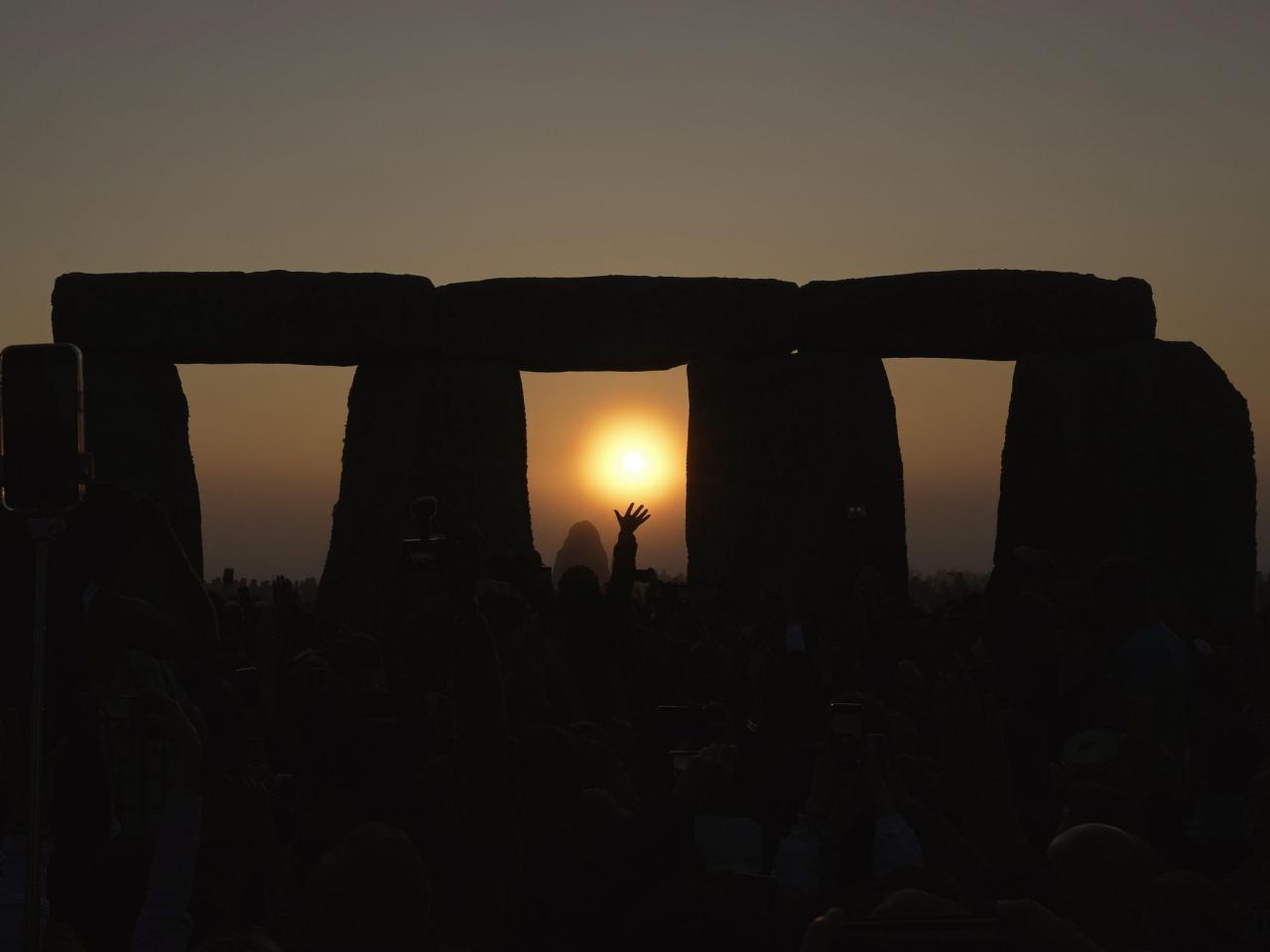UN cultural agency rejects plan to place Britain’s Stonehenge on list of heritage sites in danger
LONDON (AP) — The United Nations’ cultural agency rejected recommendations Wednesday to place Stonehenge on the list of endangered world heritage sites over concerns that Britain’s plans to build a nearby highway tunnel threaten the landscape around the prehistoric monument.
UNESCO experts had recommended listing the stone circle on a plain in southern England as “in danger” over contentious plans to redevelop the highway. The highway project has been touted for decades but mired in legal challenges. It aims to move the congested A303 highway underground and slightly farther from Stonehenge.
UNESCO said a site’s inclusion on its List of World Heritage Sites in Danger is not punitive and instead is aimed at drawing international attention to the urgent need for conservation measures and “encourage corrective action.” If issues are not addressed, sites could be de-listed by UNESCO, though that is rare.
Adding Stonehenge to the list, however, would have increased pressure on the government to reconsider the highway plan, which has faced opposition from residents and archaeologists.
Britain’s government argued ahead of the vote at the annual meeting of the World Heritage Committee in New Delhi that efforts to mitigate the planned tunnel’s effects on Stonehenge were sufficient and that the site should not be added to the “in danger” list.
A spokesperson for the British government welcomed the UNESCO decision over one of the country’s “oldest and most celebrated sites.”
Stonehenge has long captured the imagination of the British public and remains one of the country’s biggest tourist draws. That’s particularly true at the time of the summer and winter solstices, when the sunrise is greeted by thousands.
Campaign group Stonehenge Alliance said it was “shocked” by the UNESCO decision and urged the U.K.’s new Labour government to distance itself from what it called “political maneuverings” behind it.
“If Labour ministers are complicit in this, then it disgraces them,” said historian Tom Holland, president of the Stonehenge Alliance.
Last week, campaigners seeking to block the highway plan began their latest legal challenge at the U.K.’s Court of Appeal.
Stonehenge was built on the flat lands of Salisbury Plain in stages, starting 5,000 years ago, with the stone circle erected in the late Neolithic period in about 2,500 B.C.
It was added to the UNESCO World Heritage List in 1986 — an honor bestowed upon sites that have special cultural or physical significance.
The site’s meaning has been a subject of debate through the centuries. English Heritage, a charity that manages hundreds of historic sites, notes theories including Stonehenge being a coronation place for Danish kings, a Druid temple, a cult center for healing or even an astronomical computer for predicting eclipses and solar events.
Nowadays, the charity says the interpretation “most generally accepted is that of a prehistoric temple aligned with the movements of the sun.”
___
Associated Press writer David Rising in Bangkok contributed to this story.
Source: wral.com
